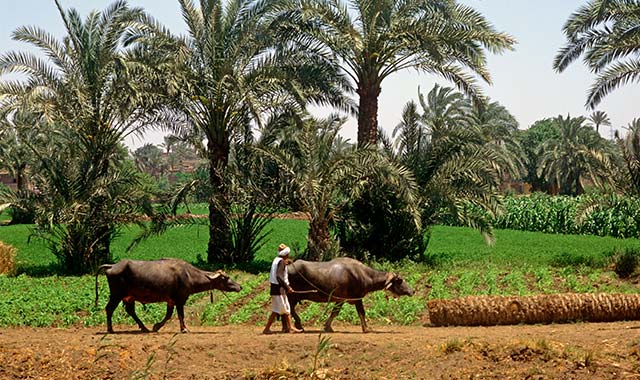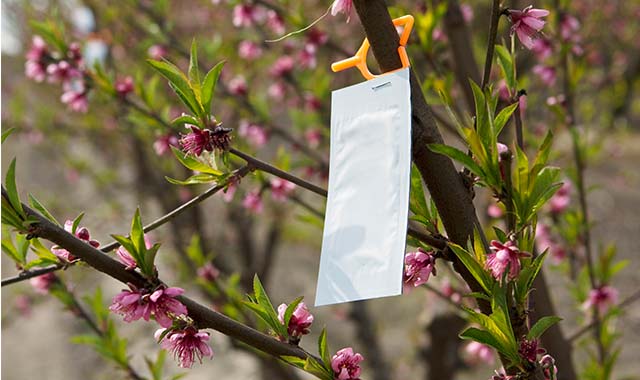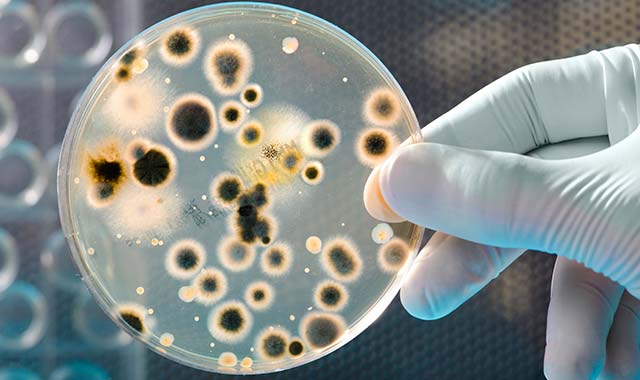10 Things to Know About the New Water Treatment Guidance Document
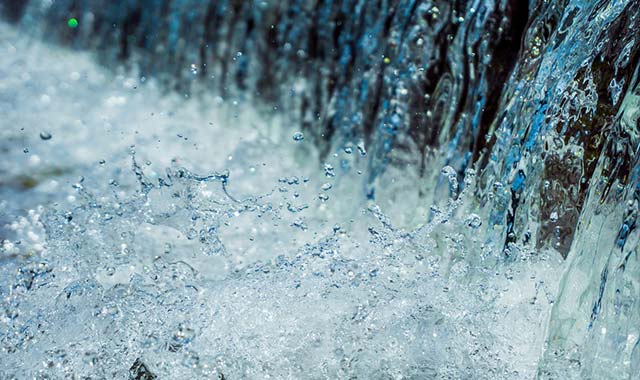
This FAQ provides an overview of the new EFSA Journal guidance document1 on the impact of water treatment processes on residues of active substances or their metabolites in water abstracted to produce drinking water. Keep reading for answers to the most intriguing questions, download the full FAQ for more detailed information, or contact our team of experts.
1. Why the new guidance document?
Concerns are rising about the potential presence of transformation products from the treatment of water-containing active substances present in crop protection products and biocides appearing in drinking water. This new water treatment guidance document provides a tiered framework for exploring the impact of water treatment processes on residues of biocide and plant protection product active substances and/or their environmental transformation products.
2. What impact does this new guidance document have on the environment?
The guidance aims to improve environmental protection by offering a comprehensive tiered framework to assess the risks of plant protection products and biocides, particularly their potential to contaminate drinking and groundwater. This could lead to less contamination through:
- Reduced harmful transformation products
- Development of sustainable practices
3. How does it impact crop protection products and the biocides industry?
- Increased costs and time: Manufacturers will need more data for product registration, including a detailed assessment of their products' behavior during water treatment, potentially slowing down the process and raising costs.
- Product restrictions: Products forming harmful transformation products might face restrictions or bans, limiting options for farmers.
- New product development: Manufacturers will need to consider environmental risks during development, potentially influencing product design.
- Innovation and streamlining: The industry may find ways to optimize the testing process for efficiency and cost-effectiveness while adhering to regulations.
4. How can companies comply?
- Use predictive modeling to understand product behavior in the environment and water treatment processes.
- Explore the use of safer and more sustainable active substances.
- Collaborate with regulatory authorities and other stakeholders to ensure products meet new requirements.
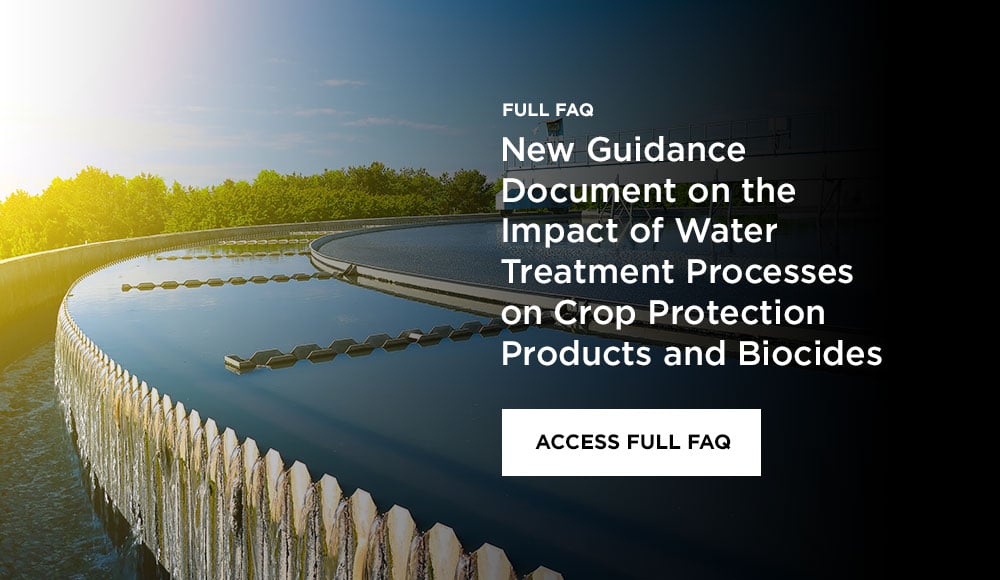
5. Who is this guidance for?
Risk assessors who ensure the safety of crop protection products and biocides. It helps them understand how water treatment processes affect these products and the potential risks associated with them entering drinking water.
6. Who does this guidance apply to?
Companies registering crop protection products and biocides to ensure they consider potential transformation product formation during water treatment.
7. Why are transformation products a concern?
Not all transformation products are of lower toxicity than the parent substance. Because of this, crop protection and biocides companies need to:
- Determine the impact of water treatment processes on active substances and their environmental transformation products.
- Explore what transformation products may be formed during these water treatment processes.
- Establish whether residues present in treated water pose risks to human or animal health.
8. What’s the method of assessing the water treatment processes within the new guidance document?
The framework follows a tiered approach:
- Exposure assessment through predictive environmental modeling
- Water treatment simulation (12C or 14C)
- Transformation product identification
- Risk assessment and potential further product safety testing
9. What water treatment processes are considered?
The guidance document describes simulations of the following water treatment processes:
- Chlorination with NaOCl or Cl₂ gas
- Chlorination with NH₂Cl
- Pre-oxidation with ClO₂
- Combination of pre-oxidation with ClO₂ and Chlorination with NaOCl or Cl₂ or Chloramination with NH₂Cl
- Ozonation
- UV disinfection
- Rapid sand filtration
10. How are the water treatment simulations conducted?
The guidance outlines a general framework, without specifying laboratory procedures and emphasizing real-world water treatment scenarios where processes often occur together or sequentially. However, the protocol requires separate testing in beakers (or similar containers) to identify transformation products. This may involve non-target screening techniques or radiolabeled test items.
Further details on specific aspects of the guidance document can be found in the full FAQ.
Connect with a Battelle Crop Protection Expert
Battelle’s extensive expertise in plant protection products and biocide risk assessment enables us to support clients through each tier of the new water treatment guidance document and mitigate potential risks. Our capabilities include:
- Conducting higher-tier environmental fate studies with labeled or unlabeled test items to provide robust data.
- Using state-of-the-art analytical instrumentation to identify unknown transformation products.
- Working with a wide range of CIPAC methods (e.g. production of standardized water).
- Extensive experience using computational models to predict and understand chemical behavior.
- Exposure assessment.
- Conducting regulatory risk assessments covering human health and environmental risk.
- Designing risk refinement and mitigation strategies.
- Dossier preparation and submission
References:
Related Blogs
BATTELLE UPDATES
Receive updates from Battelle for an all-access pass to the incredible work of Battelle researchers.

